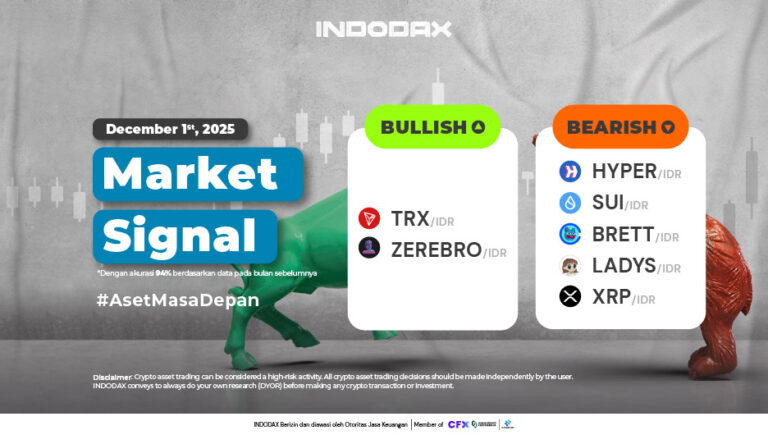The internet began to develop rapidly in the 1990s and marked the beginning of a major shift in how people communicate and access information. At that time, the term Web 1.0 emerged, referring to the early, static phase of the internet.
Fundamentally, understanding Web 1.0 is crucial before discussing Web 2.0 and Web 3.0, as it demonstrates how the internet evolved from a mere information provider to a space for interaction and a more decentralized system.
What is Web 1.0?
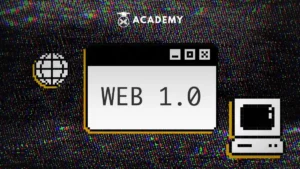
Web 1.0 refers to the first generation of the internet, also known as the read-only web.
This term describes the state of the web in its early days, where users could only read information without much interaction or input.
The content was static, more like a digital catalog or brochure that simply displayed information for visitors to read.
This concept was first introduced by Tim Berners-Lee around 1989–1991, when he created the World Wide Web (WWW) as a means of sharing information.
At that time, the primary purpose of websites was simply to present data for anyone to access at any time, without the dynamic features we know today.
Historically, Web 1.0 developed and became popular in the 1990s to early 2000s. This was the period when the internet began to enter the lives of the wider community, although it was still limited to the basic function of conveying information.
This phase laid a crucial foundation that paved the way for subsequent internet evolutions, namely Web 2.0 and Web 3.0.
Characteristics of Web 1.0
Web 1.0 is often referred to as the static web because most of its content consisted of static pages with simple HTML code.
At that time, websites presented information only in the form of text and interconnected links, without many visual or interactive elements like today.
The primary characteristic of Web 1.0 was read-only, meaning users could only read the available information. There was no room for comments, uploads, or direct interaction. Communication was entirely one-way, from the site owner to the visitor.
The design used was also very simple, emphasizing text and hyperlinks as connections between pages. Images and multimedia were still limited, so the user experience focused on reading the information.
Furthermore, the number of content creators was also limited. Most websites were managed by companies, organizations, or official institutions that focused solely on presenting information such as digital catalogs, brochures, and institutional profiles.
In other words, the role of users on Web 1.0 was more that of passive consumers than active contributors.
Advantages of Web 1.0
One of the main advantages of Web 1.0 was its stability and lightweight nature, allowing smooth access even with relatively slow internet connections at the time.
This allowed users to access web pages without having to wait long, unlike later generations of the web, which required greater bandwidth.
Another advantage lay in its centralized information system. Site owners had full control over the content and appearance of the website, ensuring consistent data display.
Users acted solely as readers, while site administrators determined what information could be accessed.
This made Web 1.0 an effective medium for companies and organizations to disseminate official information to the public.
Furthermore, Web 1.0 also played a crucial role as the initial foundation for the development of the modern web.
Despite its simplicity, this first generation of the web paved the way for subsequent innovations, namely the more interactive Web 2.0 and the decentralization-focused Web 3.0.
This means that without Web 1.0, the evolution of the internet to the present era would not have been possible.
Disadvantages of Web 1.0
Despite being a milestone in the development of the internet, Web 1.0 also had a number of limitations. One of these was the lack of user interaction.
Websites of this era only allowed visitors to read information without the ability to comment, share opinions, or participate in the content. This resulted in one-way communication, from the site owner to the user.
Furthermore, information on Web 1.0 tended to become outdated quickly due to infrequent updates. Most websites functioned only as digital catalogs or brochures, with content remaining the same for extended periods.
This situation often led to users encountering outdated data, leaving their need for up-to-date information unmet.
Another drawback was the website’s very simple appearance, even appearing monotonous and boring.
With the dominance of text and hyperlinks and the lack of visual or multimedia elements, the user experience while browsing the internet was limited.
These limitations later led to the birth of Web 2.0, with its more interactive and dynamic concept.
Other Related Articles: The Differences Between Web 1.0, 2.0, and 3.0, and the Evolution Toward Web 5.0
Examples of Web 1.0 Websites
Some examples that represent the Web 1.0 era include the early versions of Yahoo, MSN, and Amazon.
At that time, these sites served solely as information providers accessible to users without the interactive features we find today.
In addition, many websites also took the form of static personal blogs or simple company profiles.
These pages typically contained text, images, and links without any space for visitors to comment or engage further.
Web 1.0 itself can be likened to a digital brochure or newspaper. Users could only read the content presented but had no opportunity to respond, thus limiting their role to passive readers.
Other Related Articles: Web 5: The Future of the Internet That Returns Control of Data to Users
Transition to Web 2.0 and Web 3.0

After the read-only Web 1.0 era, the internet evolved into Web 2.0, also known as the read-write web.
At this stage, users were no longer passive but could contribute through user-generated content such as social media posts, comments, and even YouTube videos.
This was the era when Facebook, Twitter, and various interactive platforms began to emerge, enabling two-way communication between site owners and visitors.
Then came Web 3.0, known as the read-write-execute web. This significant difference stems from the concept being no longer centralized, but based on decentralization using blockchain technology.
Here, data and digital assets can truly be owned by users through smart contracts, cryptocurrencies, and other crypto ecosystems.
Fundamentally, understanding the evolution from Web 1.0 to Web 3.0 is crucial, especially in today’s digital age.
The goal is not only to understand the history of technological development, but also to understand how data ownership, privacy, and the potential of the crypto world will shape the future of the internet.
Conclusion
So, that was an interesting discussion about Web 1.0, the Early Era of the Internet, and its Characteristics. You can read more about it in the crypto academy at INDODAX Academy.
In conclusion, Web 1.0 can be considered the initial foundation for the development of the modern internet.
Although still limited to reading information without interaction, this phase actually marked the beginning, paving the way for a more interactive and decentralized web era.
By understanding the history of Web 1.0, we can better understand why the arrival of Web 3.0 is so important in the evolution of today’s digital technology.
In addition to broadening your investment horizons, you can also stay updated with the latest crypto news and monitor digital asset price movements directly on the INDODAX Market.
For a more personalized trading experience, explore our OTC trading service at INDODAX. Don’t forget to activate notifications to stay up-to-date with the latest information about digital assets, blockchain technology, and various other trading opportunities, only at INDODAX Academy.
You can also follow our latest news via Google News for faster and more reliable access to information. For an easy and secure trading experience, download the best crypto app from INDODAX on the App Store or Google Play Store.
Also maximize your crypto assets with the INDODAX Earn, feature, a practical way to earn passive income from your holdings.
Also follow our social media here: Instagram, X, Youtube & Telegram
FAQ
1.What is the difference between Web 1.0 and Web 2.0?
Web 1.0 was static and read-only, while Web 2.0 allowed two-way interaction, allowing users to create content, comment, and share.
2.When did Web 1.0 become widely used?
Web 1.0 developed rapidly in the 1990s and early 2000s, when the internet was just beginning to become globally known.
3.What are real-world examples of Web 1.0 sites?
For example, early versions of Yahoo, MSN, Amazon, and simple company profile websites containing only text and images.
4.Does Web 1.0 still exist today?
It does, usually in the form of old sites that haven’t been updated or static websites that only display information without interaction.
5.Why is it important to learn about Web 1.0?
Because understanding Web 1.0 helps us see the evolution of the internet to Web 3.0, as well as understand the foundations of the digital technology we use today.
Author: Boy




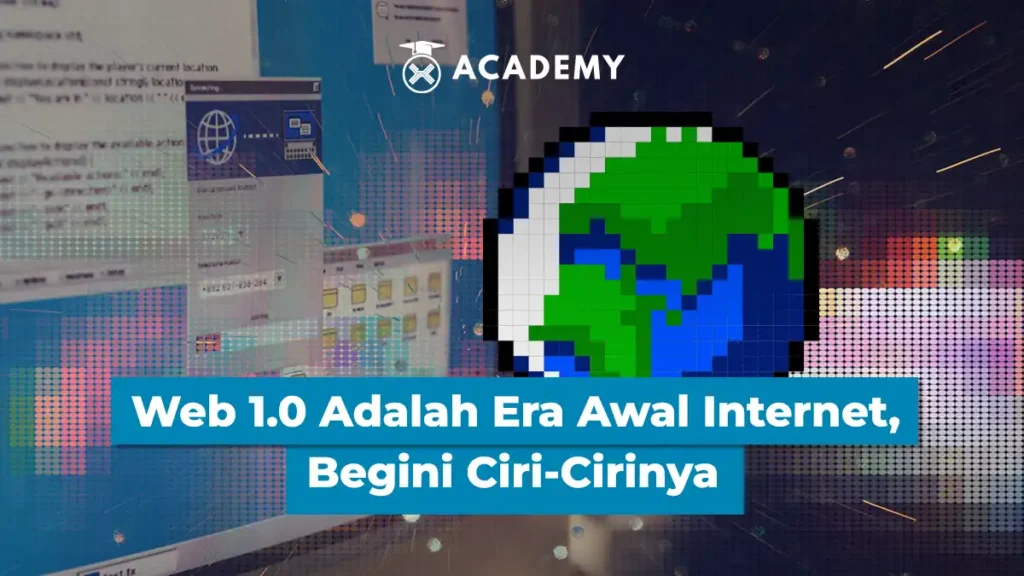

 Polkadot 8.90%
Polkadot 8.90%
 BNB 0.51%
BNB 0.51%
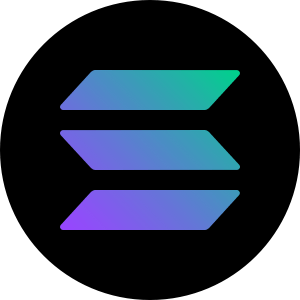 Solana 4.86%
Solana 4.86%
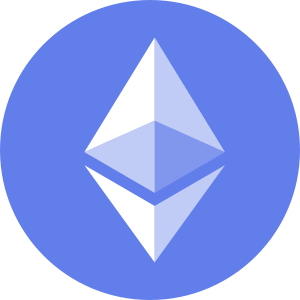 Ethereum 2.37%
Ethereum 2.37%
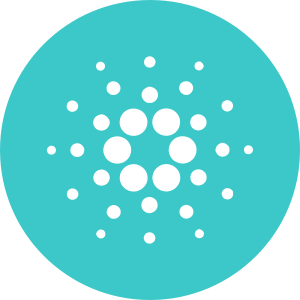 Cardano 1.18%
Cardano 1.18%
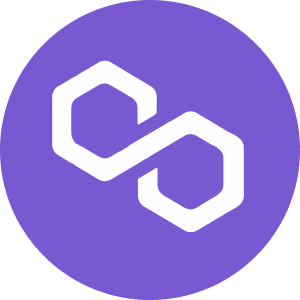 Polygon Ecosystem Token 2.14%
Polygon Ecosystem Token 2.14%
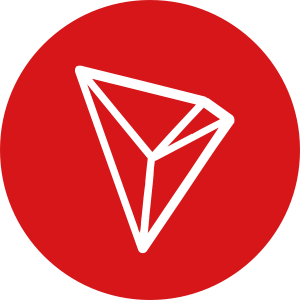 Tron 2.85%
Tron 2.85%
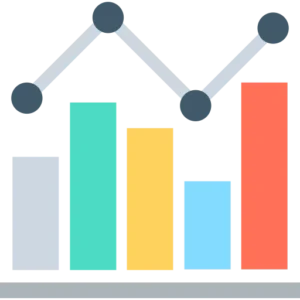 Market
Market
